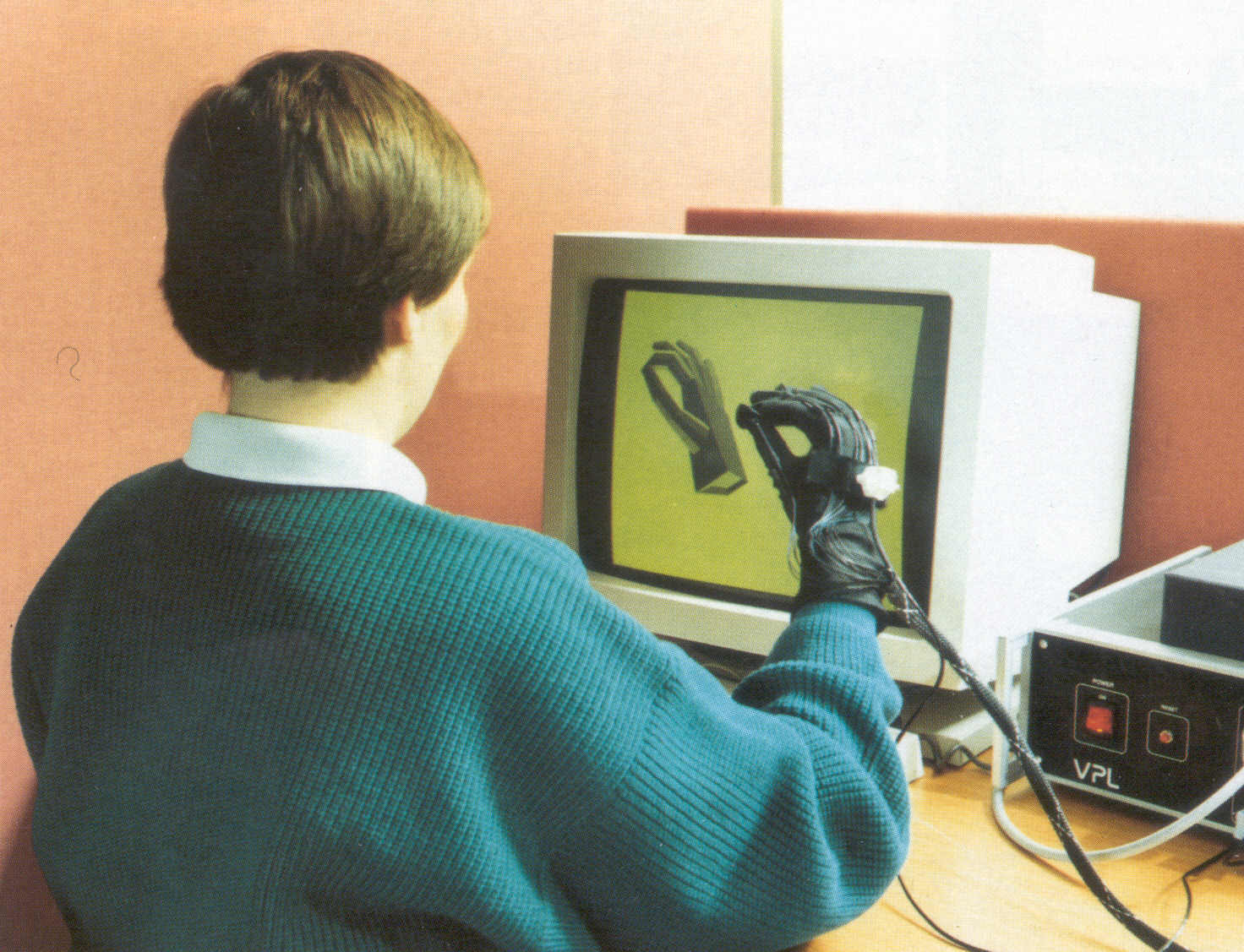

Near the end of the Alvey Programme, the MMI Group became involved in a number of ESPRIT II Projects. The first of these was 2569, EuroWorkStation (EWS), aimed at developing a high-end 3D graphics workstation via a collaboration between various European academic and industrial partners.
EWS had an open modular architecture. Modularity was provided at three different levels: shared memory, communication bus and local area networks. This hierarchy allowed appropriate trade-offs to be made between cost and performance. Shared memory was used for high-performance communications such as, for example, numerical applications where scalar and vector processing interfered. A communication bus was used for more autonomous coprocessors. Performance could easily be boosted by adding special coprocessor boards according to the needs of the user. All that was required from the coprocessor was adherence to the communications standards. The operating system of the workstation was distributed to allow uniform and efficient sharing of the specific resources provided by the specialised coprocessor boards.
Informatics was involved with the design of the GRACE graphics board and software for user interaction with the system.
As 3D graphics were becoming more widespread, there was an increasing need for input devices to control this power more effectively. One such device was the VPL DataGlove. This was a black lycra glove which used optical fibres running along the back of the hand to detect flexion in the wearer's fingers. It also carried a Polhemus cube moving in a magnetic field to detect the position of the hand in 3D space.

Part of the EWS project compared the use and effectiveness of the DataGlove as a 3D input device with more conventional mouse input. When the glove was used in conjunction with a virtual tool (such as making the user's index finger into a pointing device) manipulation of objects on the screen became very much easier.
As people are used to using hand gestures in everyday life, a gesture-driven window manager was developed which enabled the user to, for example, push a window around the screen as though it were a piece of paper on a desk and alter the size of that window by pinching a corner and stretching it to the required size.
On 19th July 1999, "Science Now" broadcast a programme recorded during RAL Open Week; it included an interview about the DataGlove.